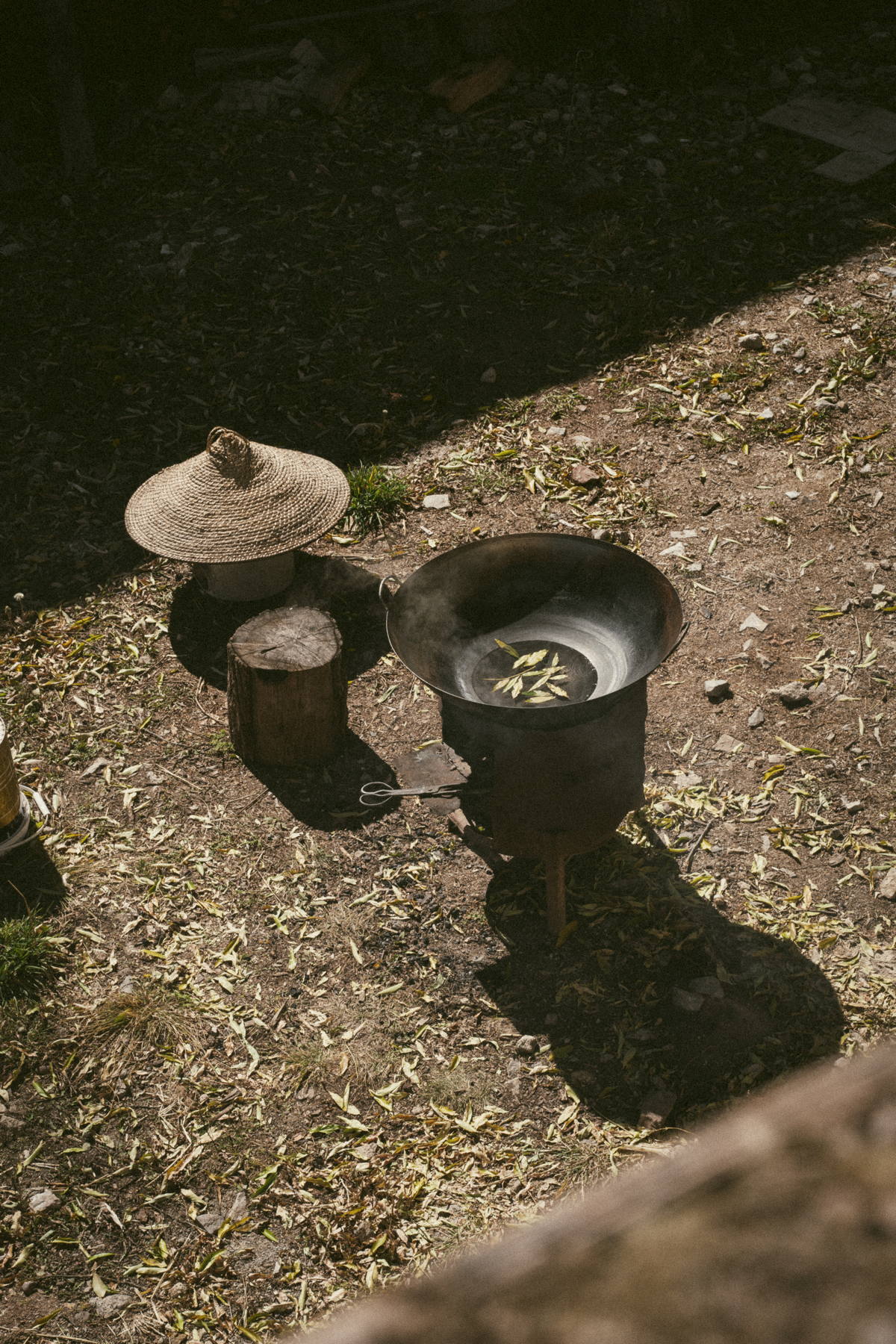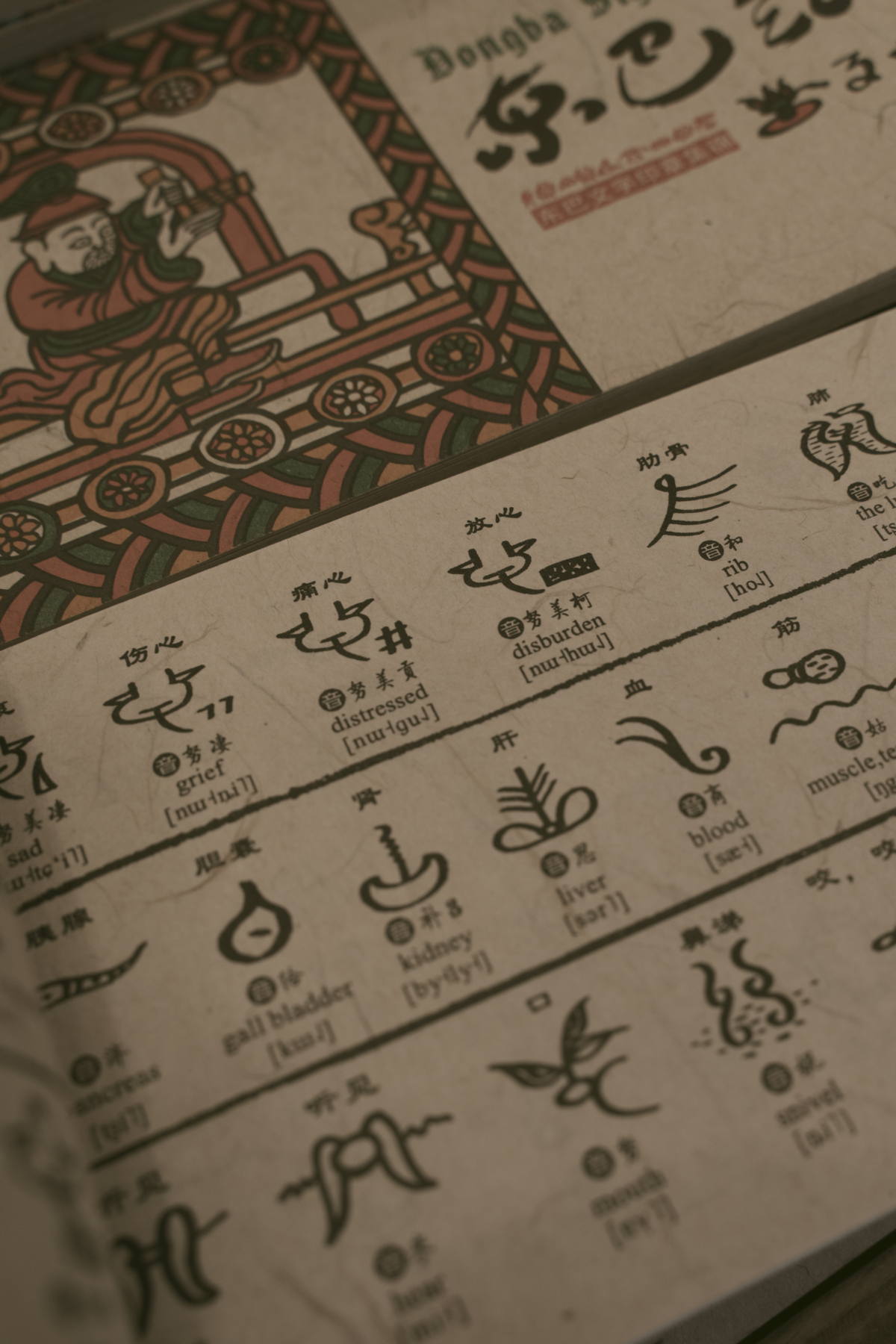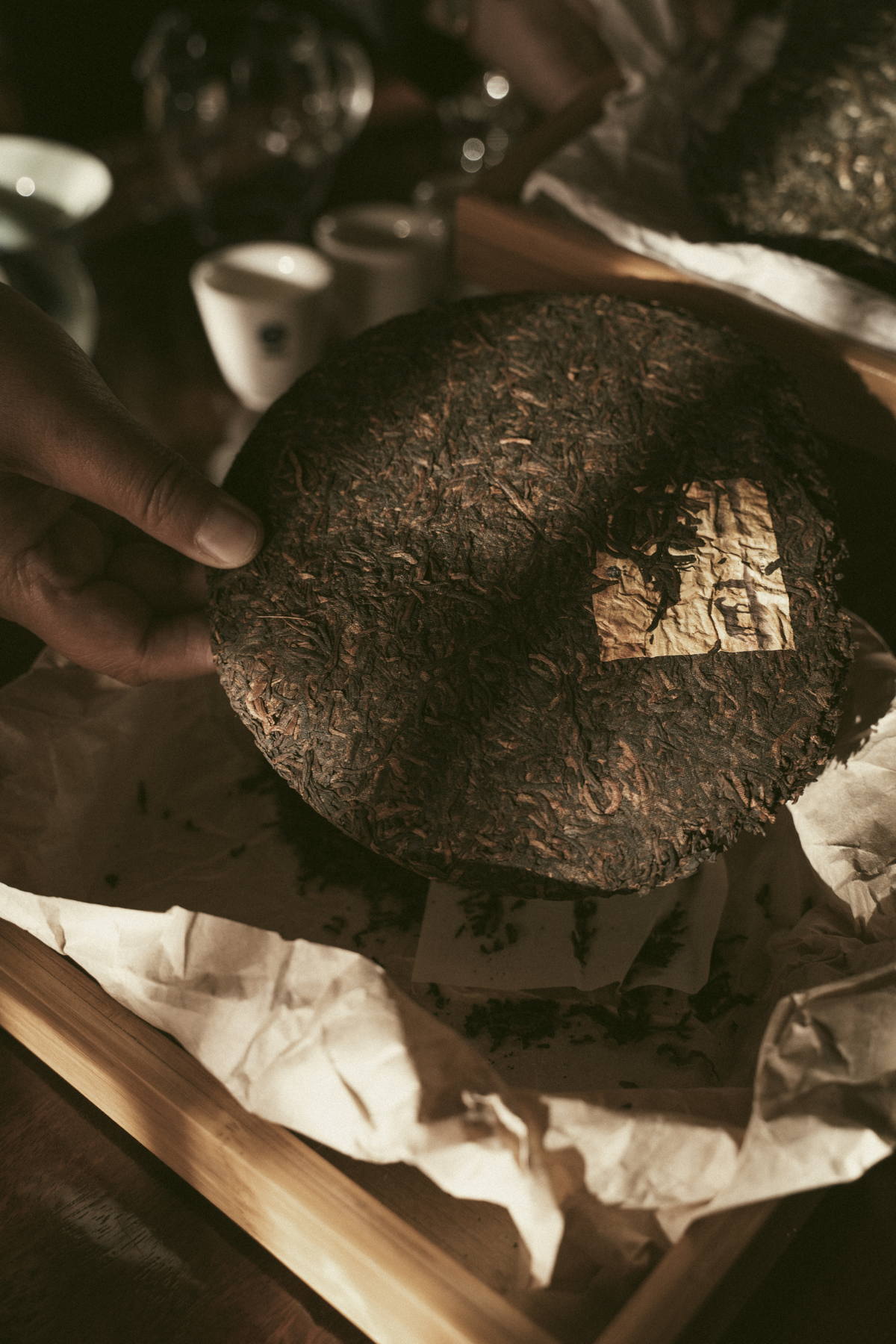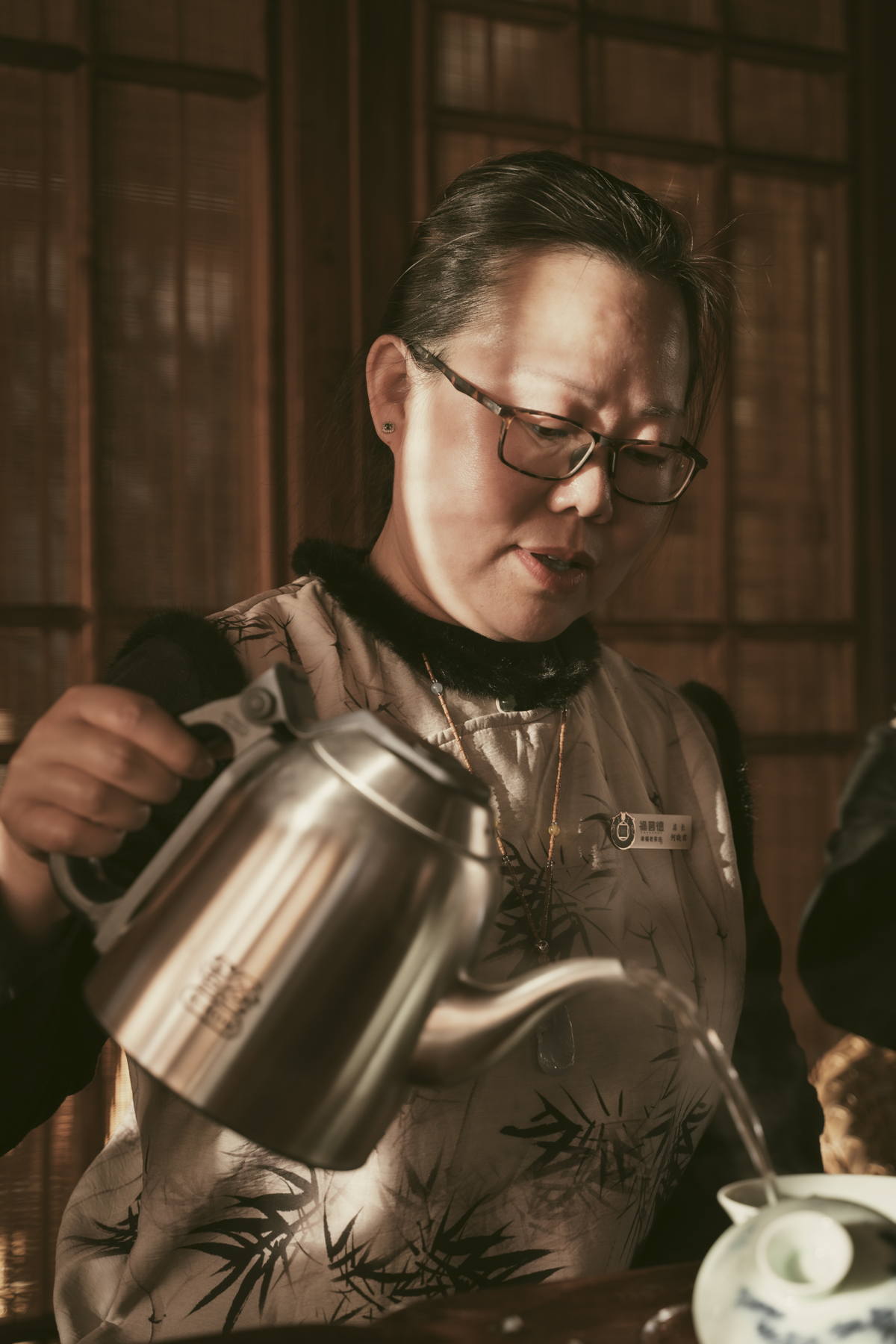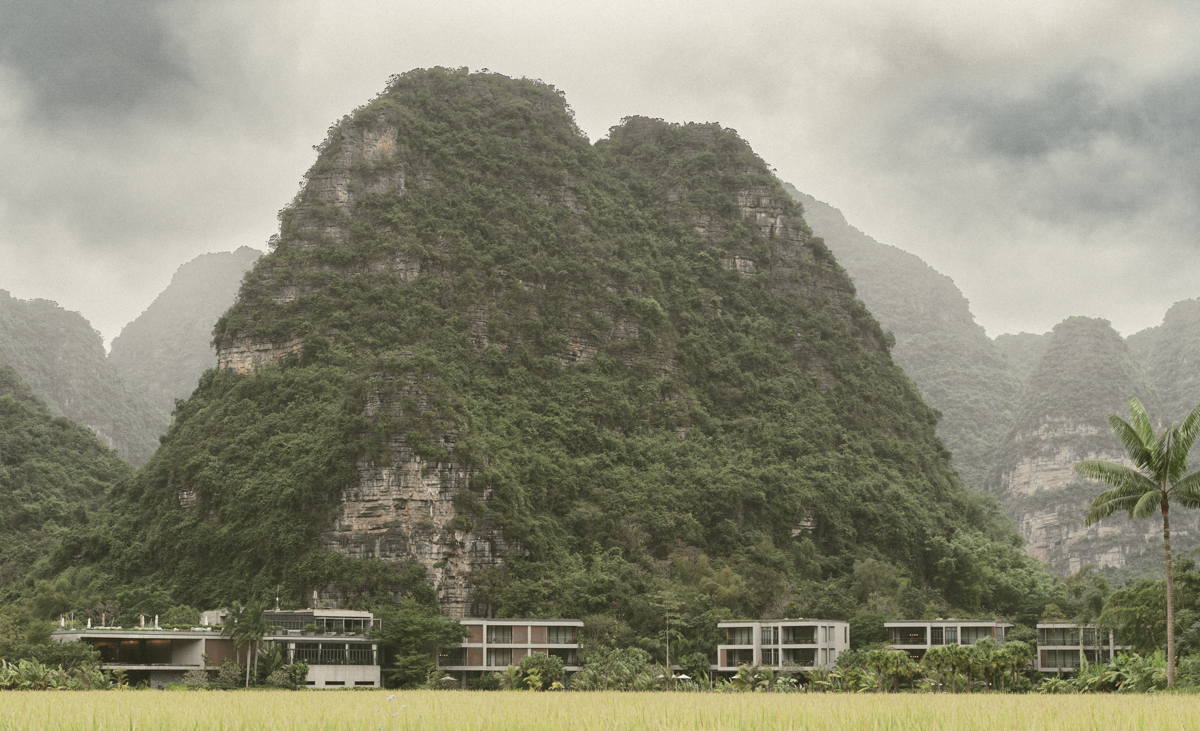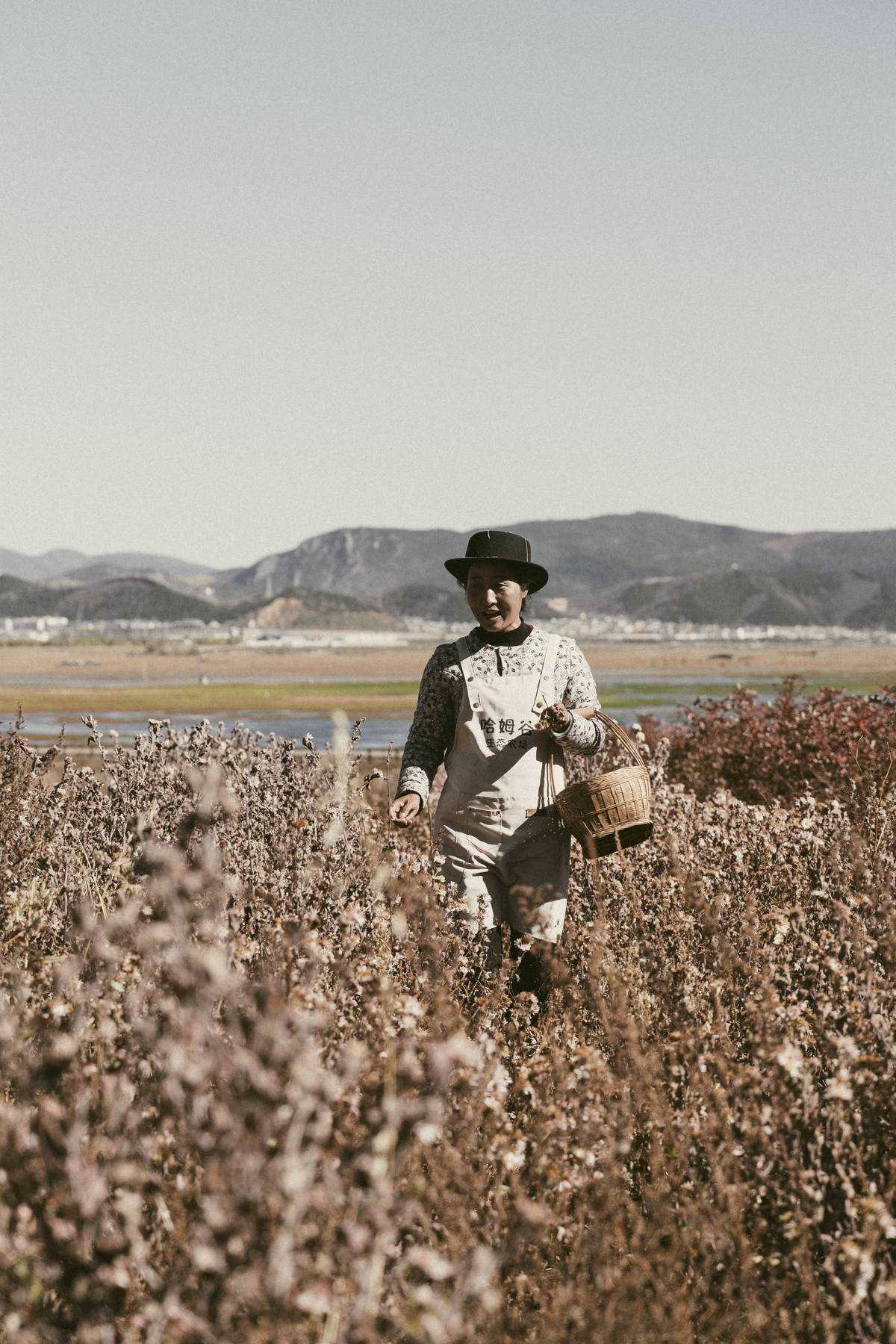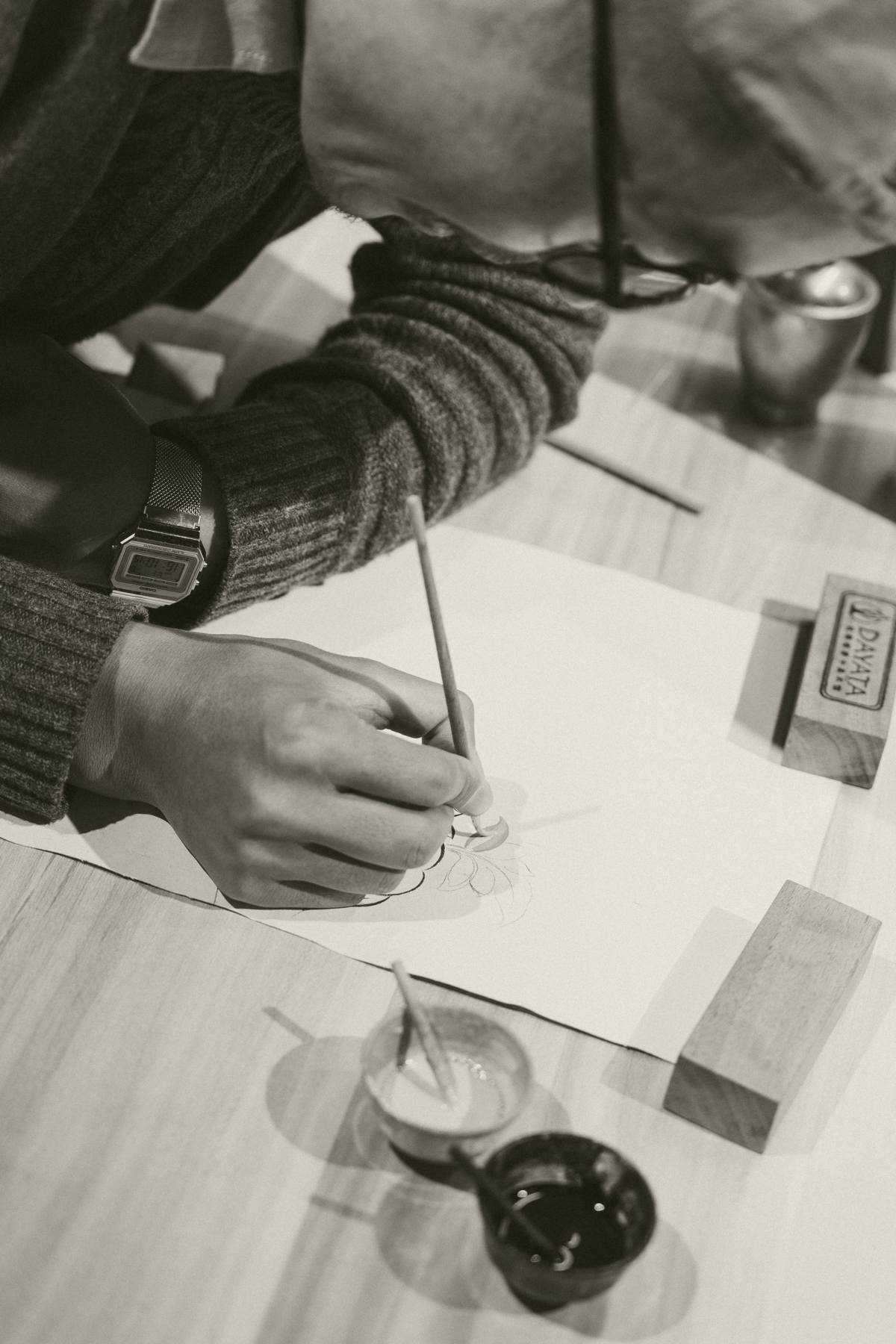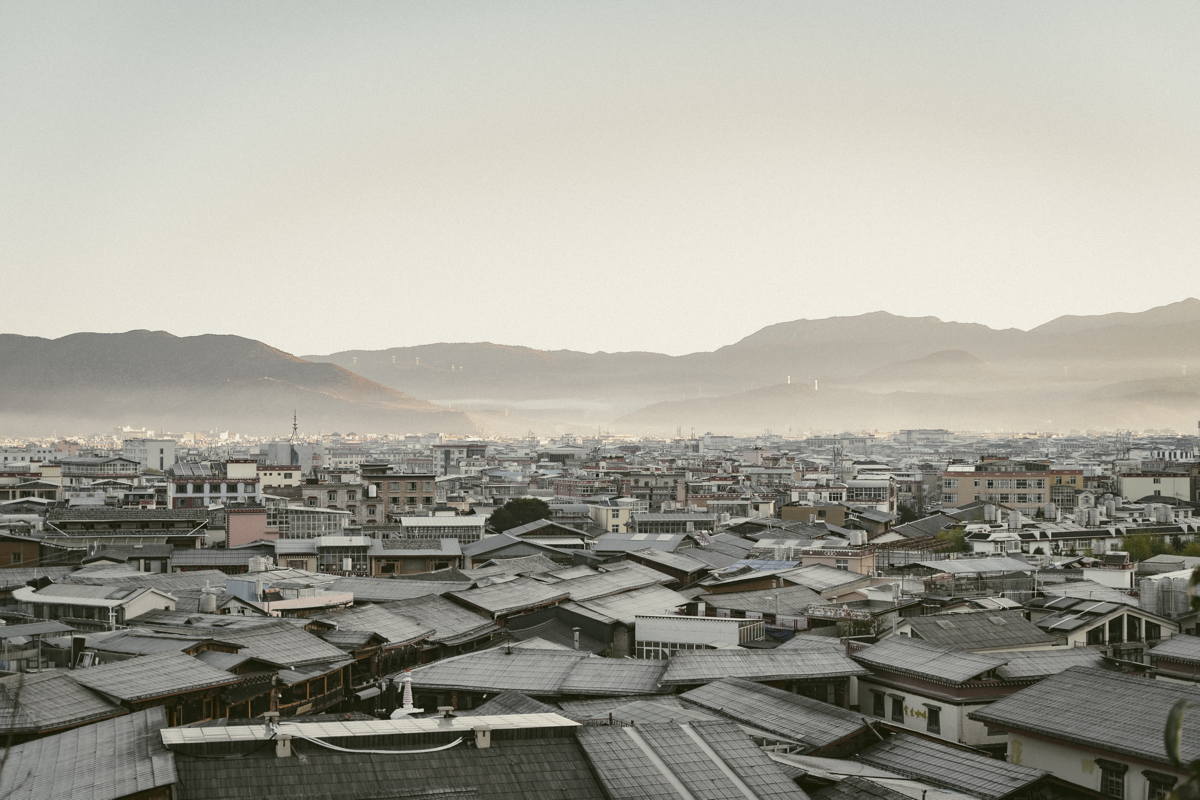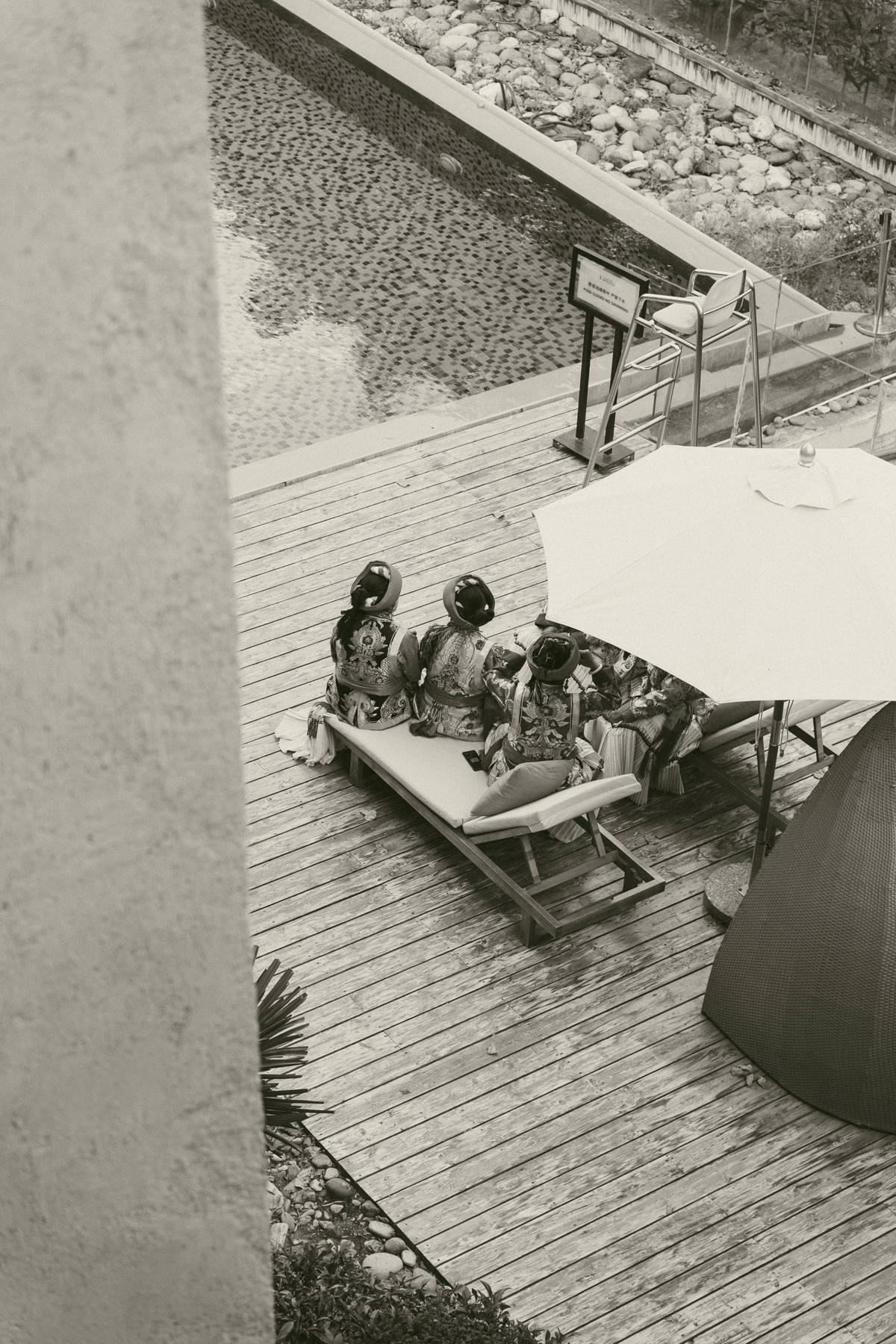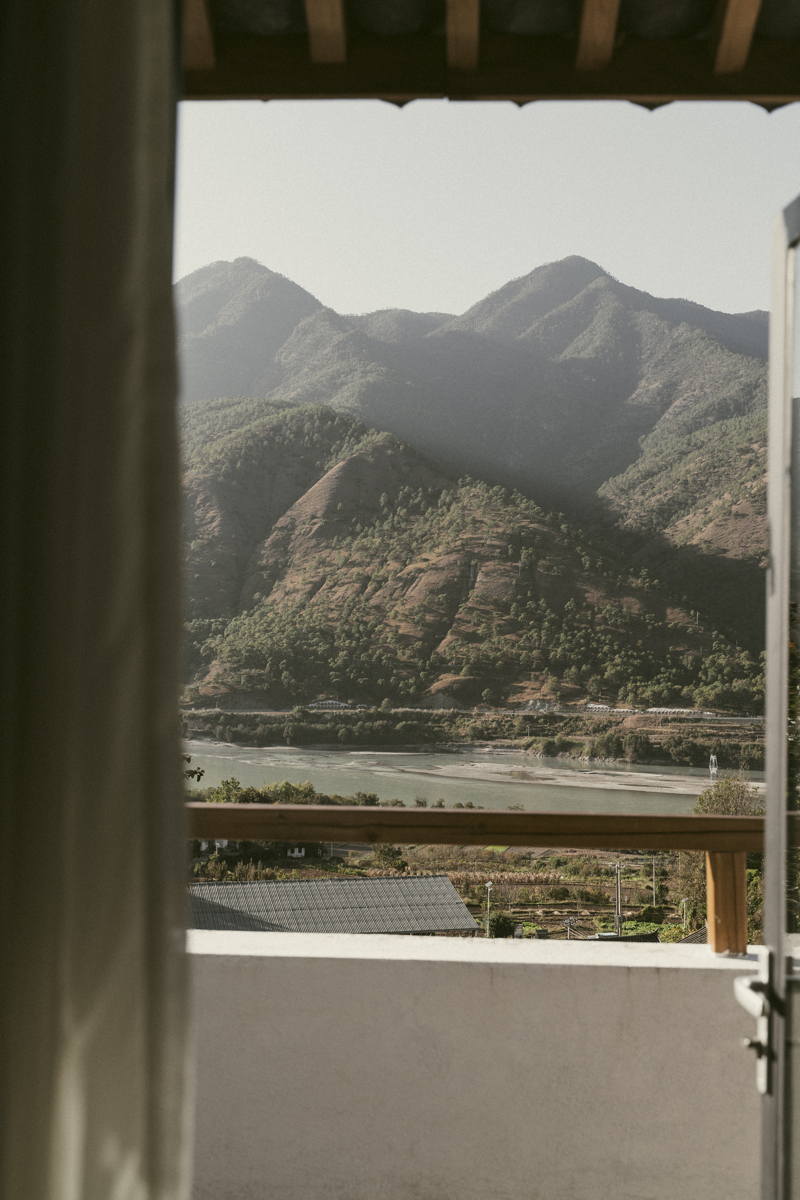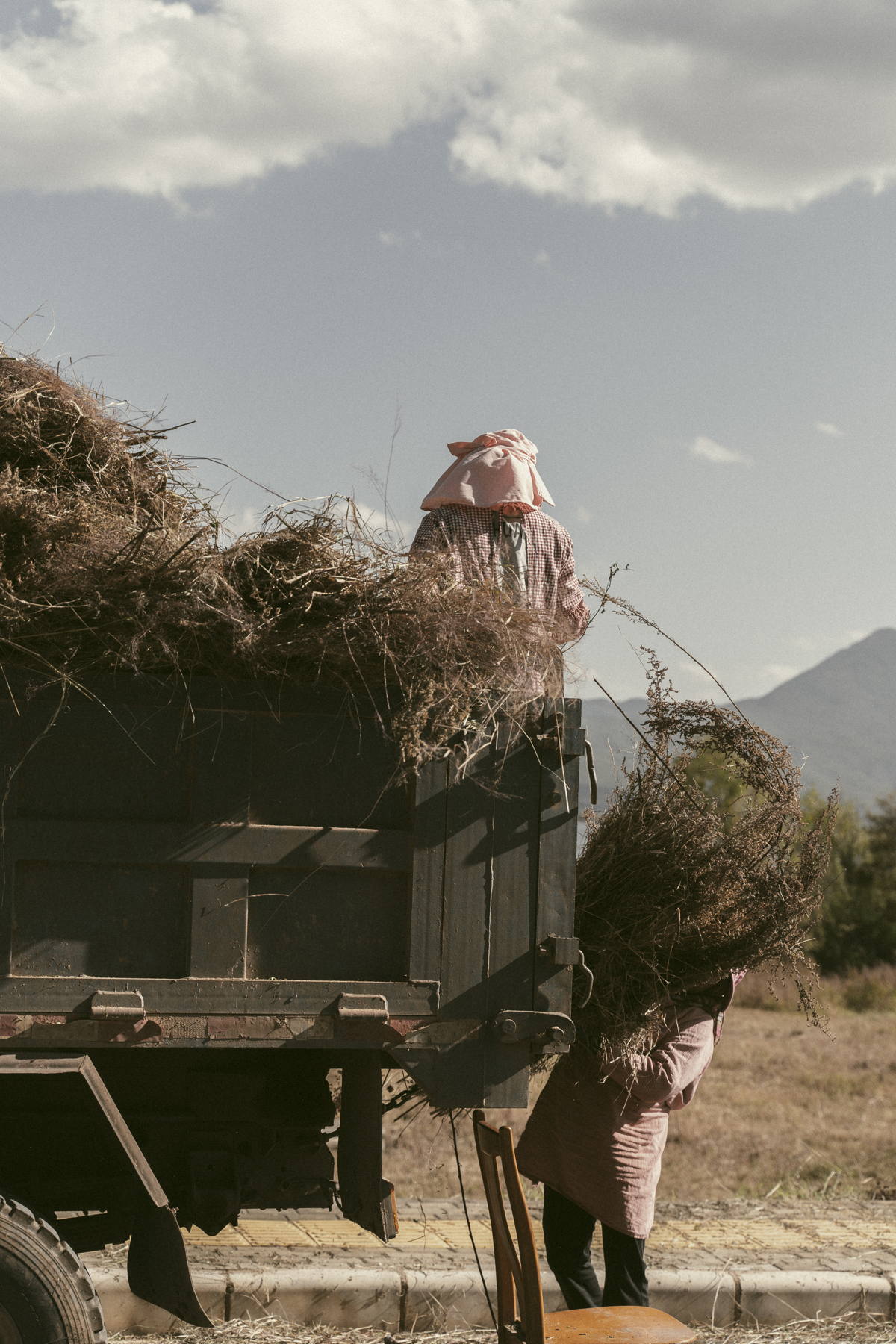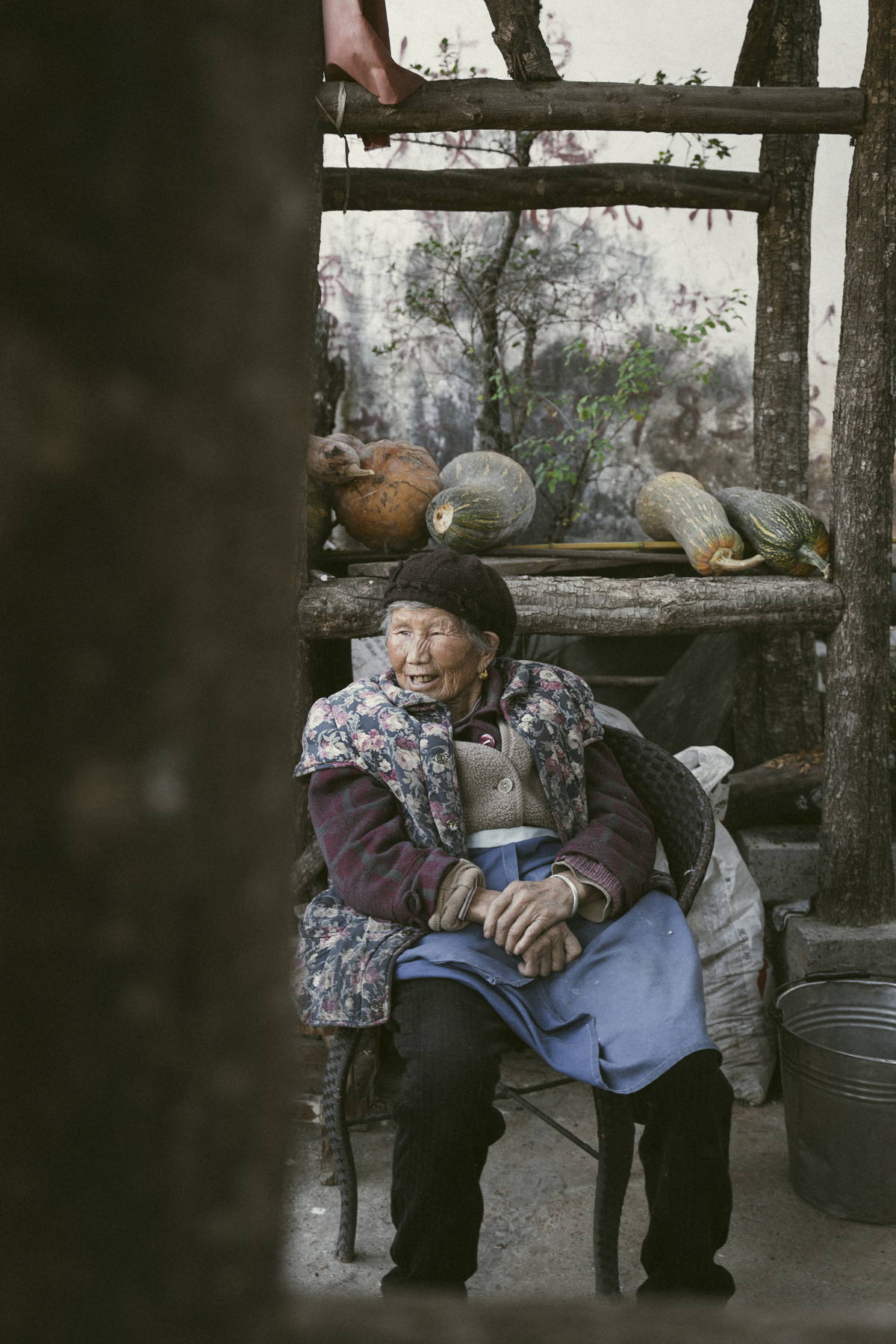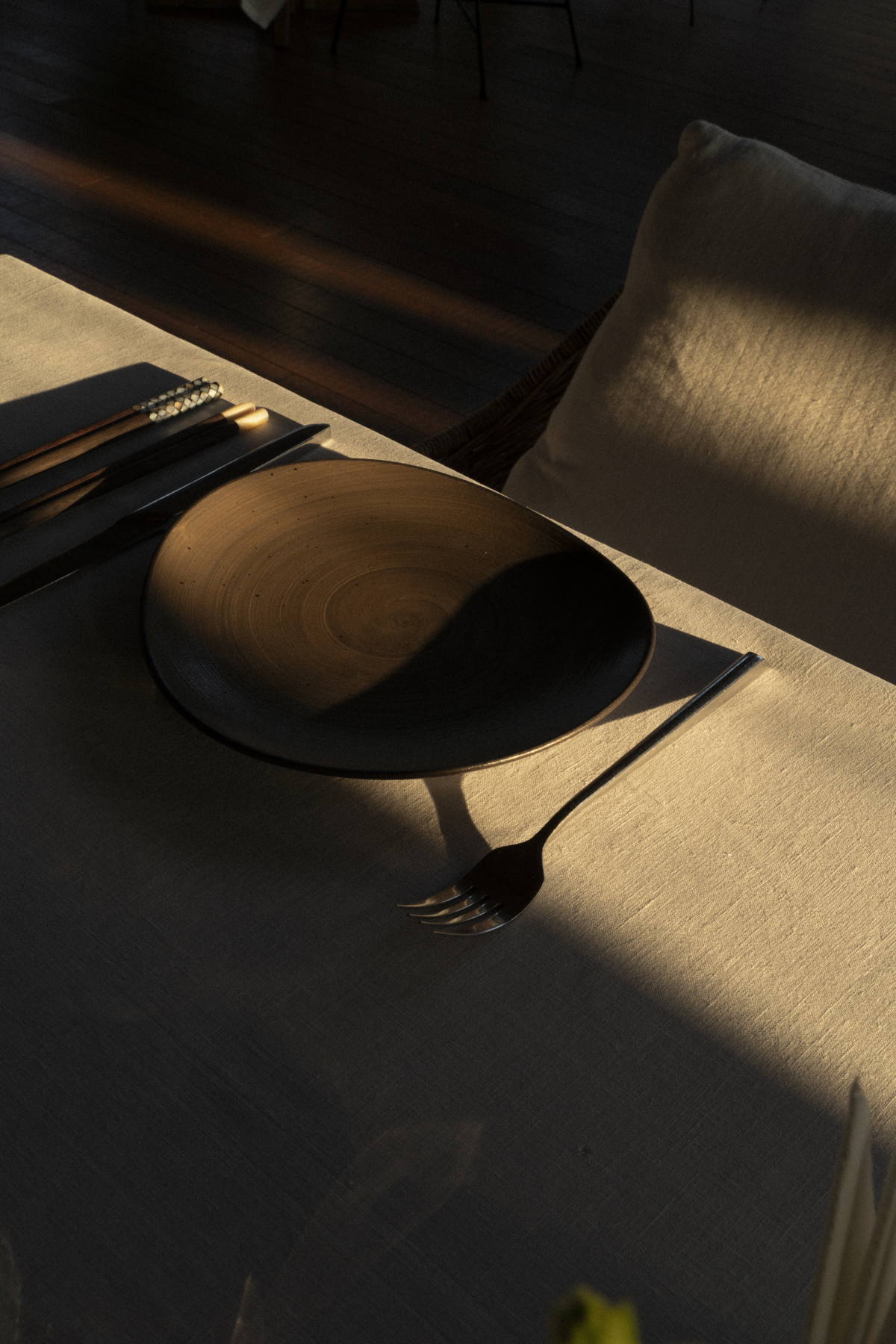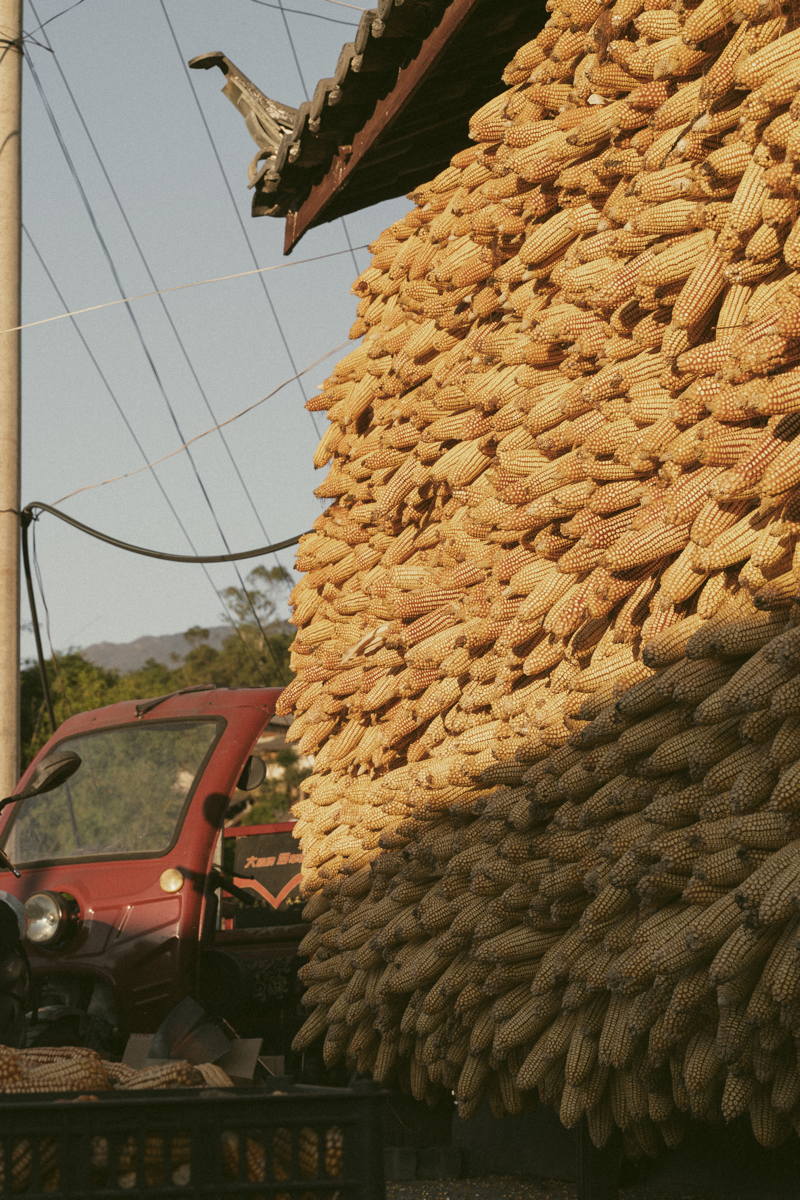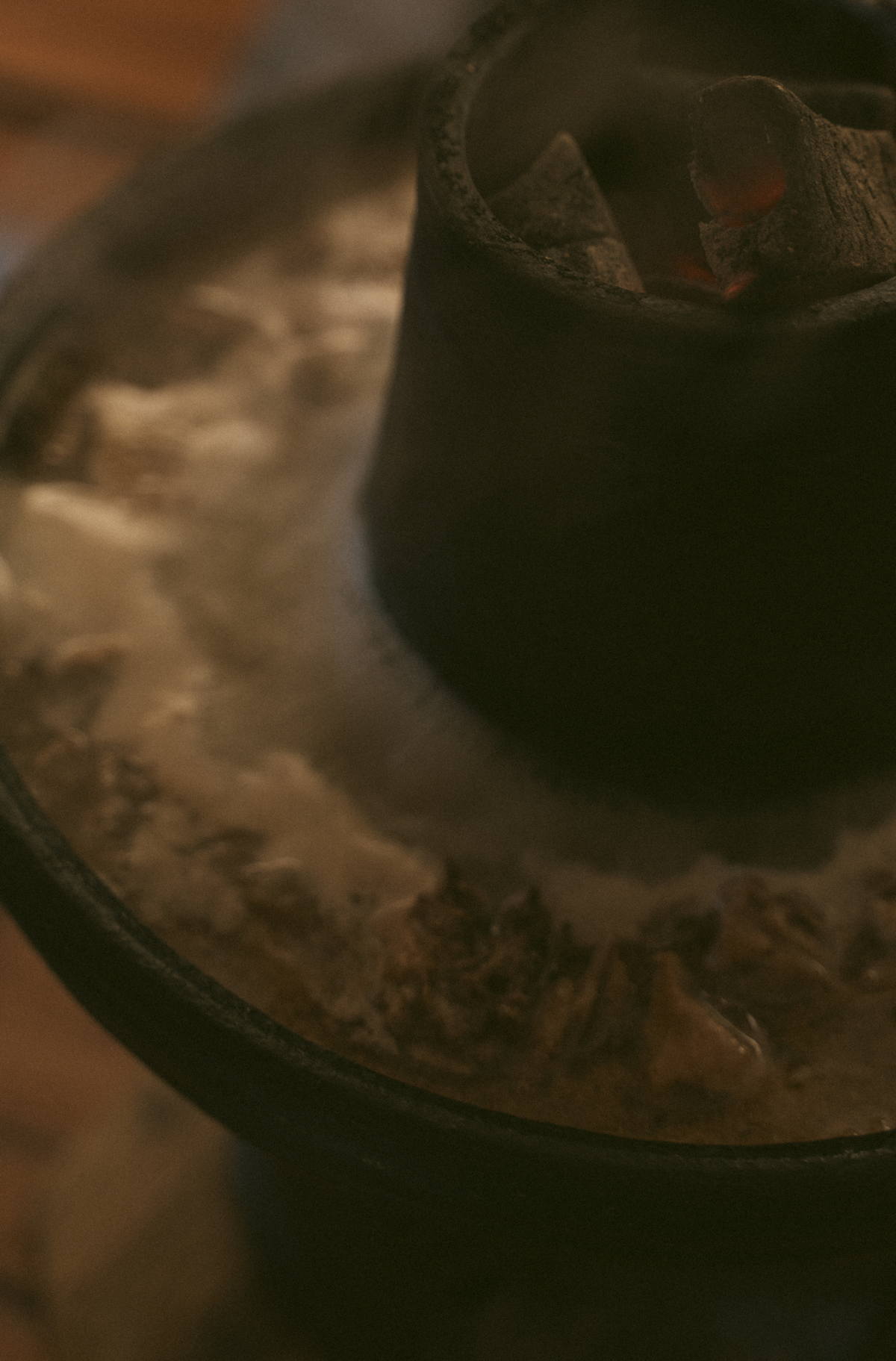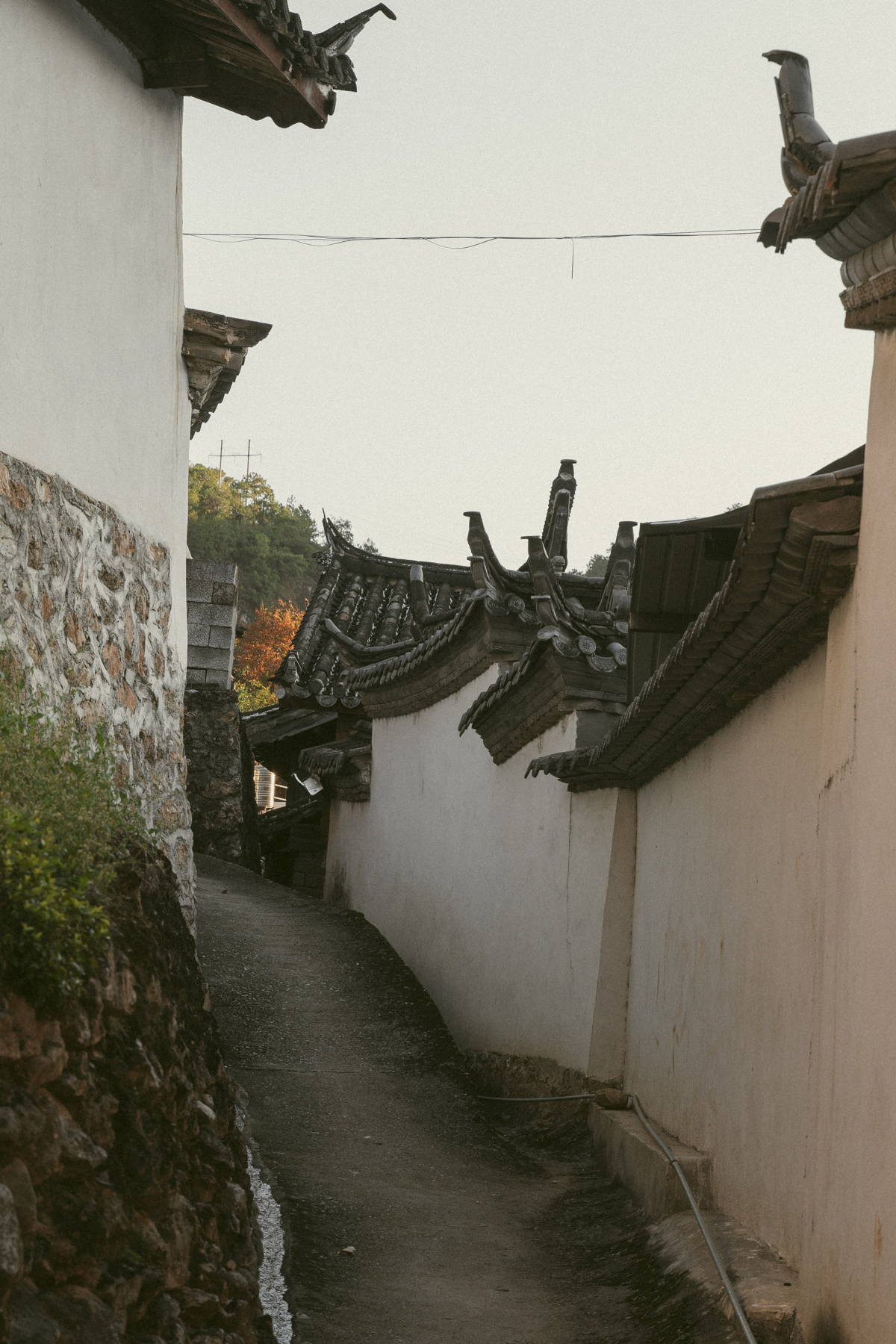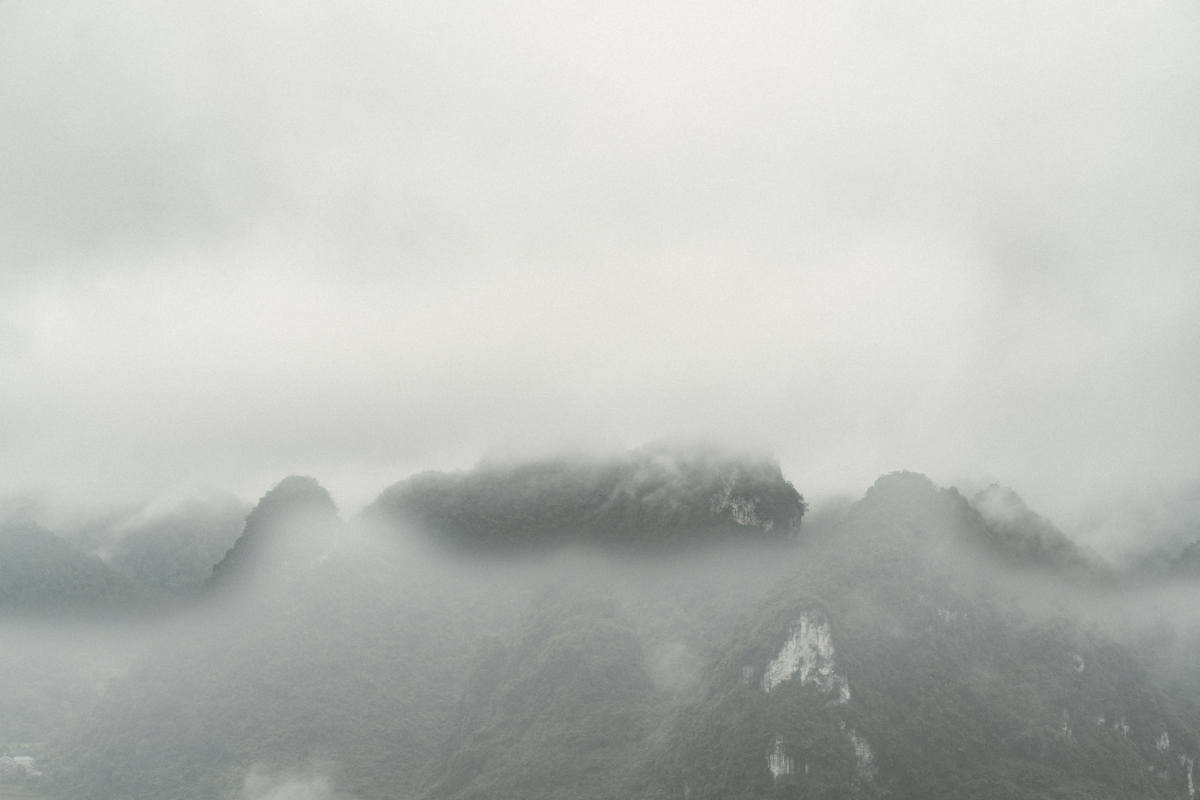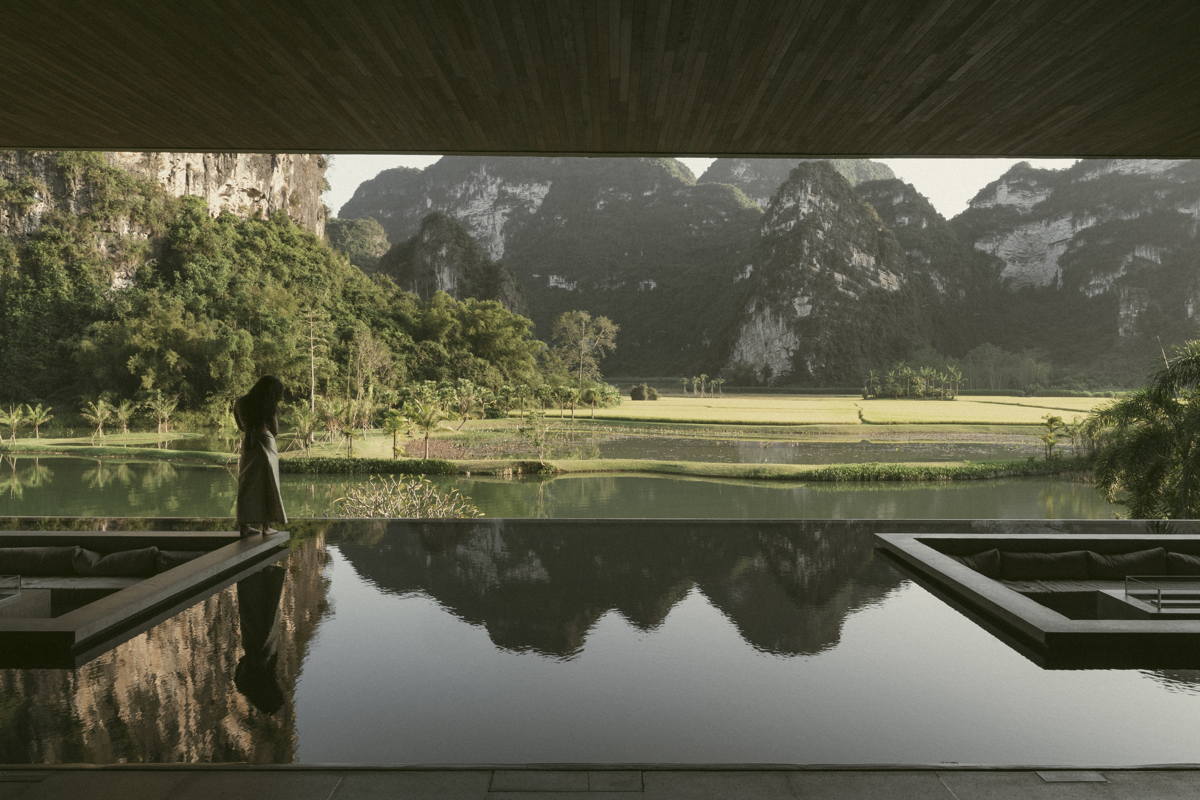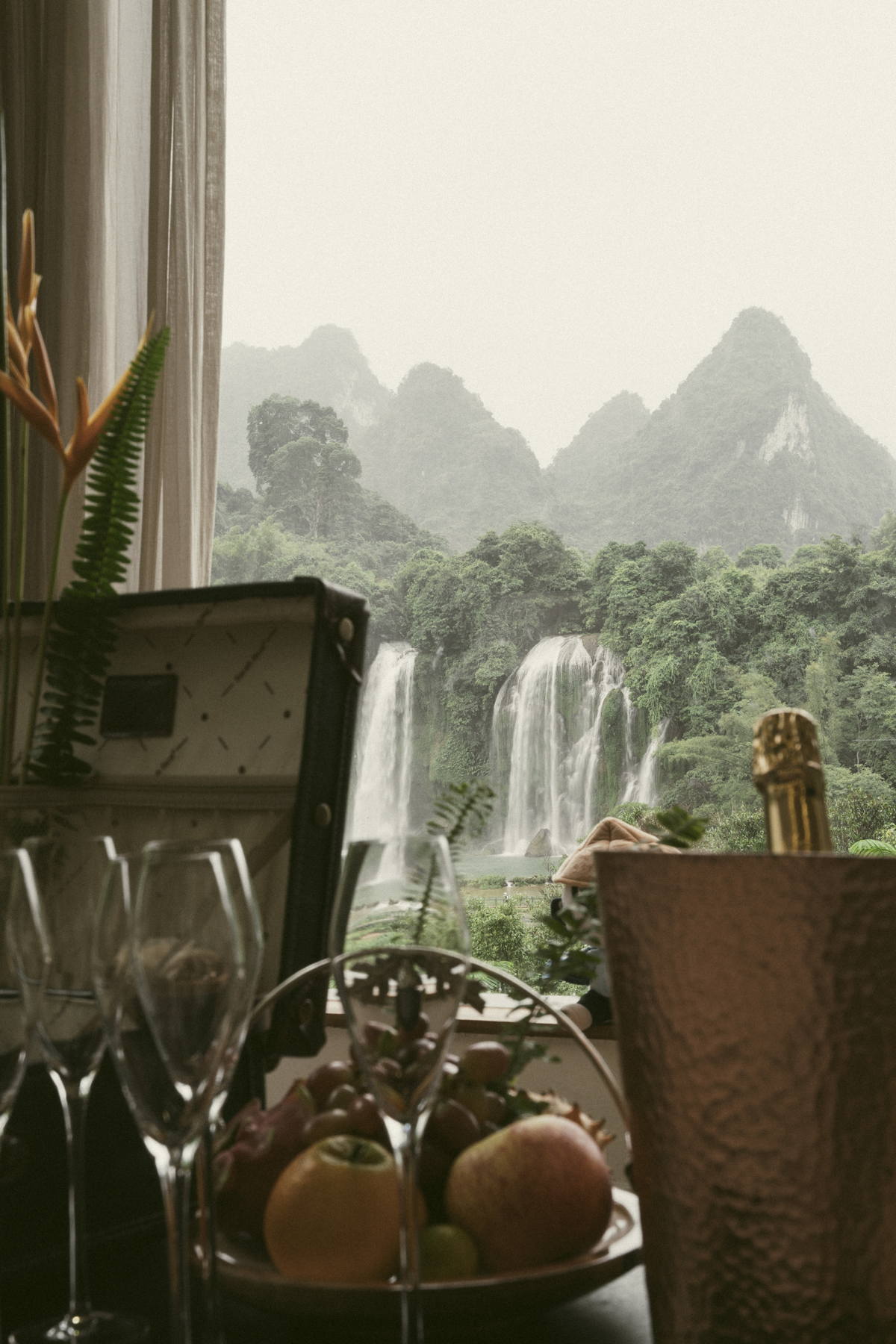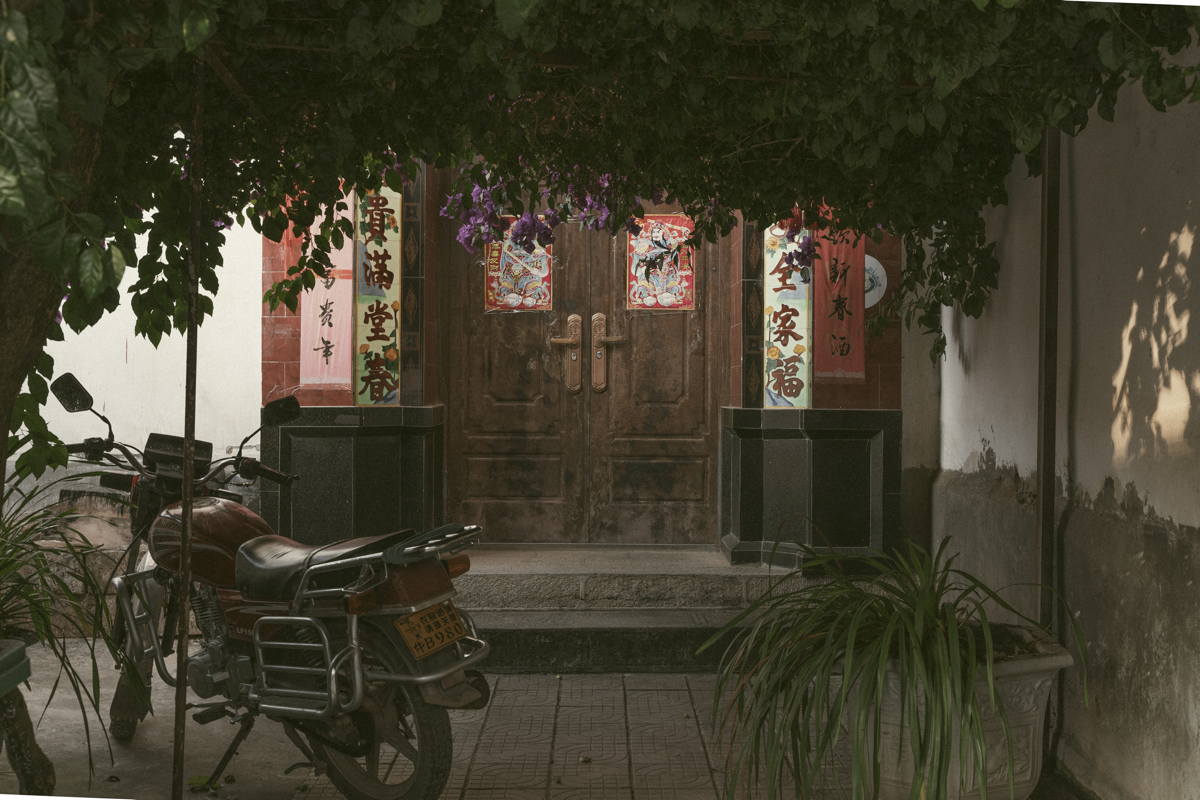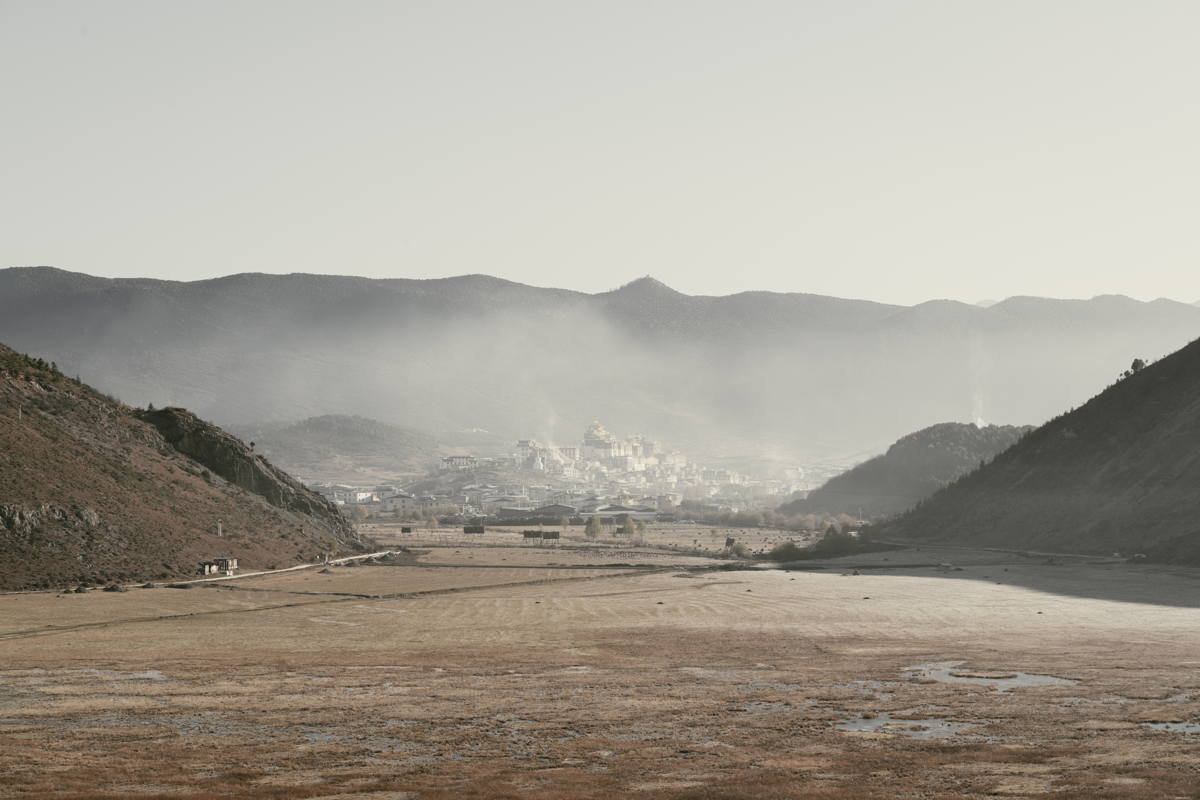
Tea Horse Road | Within all my senses
The hot tea I have just brewed touches my lips and unfolds its majestic grandeur right here. Eureka – the scent of apricots and woody notes draw me back to the past, the memory pulls me into the present with great centrifugal force. The saga of the famous Tea Horse Road and the experiences associated with it, still cast a spell over many people today and resonate with the mystical notes in every sip of Pu’er tea.
In my mind, I travel along what was once one of the longest trade routes of the ancient world, stretching more than 3,000 kilometres, starting in the deep south of Yunnan and ending in Tibet. I follow old paths now revitalised by the development of luxurious boutique hotels along the Lux* Tea Horse Road, writing new stories. Every stone seems banal, yet it is a witness of time and a small part of what revitalises the mosaic of this unique route, yesterday and today: the exchange between minorities, local cultures, and nature.
I LIJIANG (丽江市)
I smell, I taste
The car stops. My pulse flutters, because in the distance, like a sleeping dragon, the Yulong (Jade Dragon) guards over the city and the the bygone history of traders who travelled over 500 kilometres south from the tea mountains to bring tea to Lhasa, while Tibetan medicine, herbs and furs came here from the north.
Arriving in Lijiang, you can feel the spirit of a bustling city. A place that was a crossroads on both the south-western Silk Road and the Tea Horse Road and thus to this day, symbolises a melting pot for many cultural influences. Naxi, an ethnic minor- ity in China, is omnipresent here.
I can feel this cultural presence as I wander through the streets of the old town of Dayan and walk devotedly through a labyrinth, immersed in new experiences. The ornate wood carvings, whose majestic presence adorns the courtyard (called zhi), catch my eye again and again.
So too do the bold and vibrant colours I encounter on the street, with complex Naxi patterns depicting flowers, animals or abstract designs, often placed on the sleeves, hem or along the collar. Many a times, the seemingly accessible language code of the Dongba script, one of the few hieroglyphic scripts in the world, wakes me up, as if it tries to pull me out of a daydream, because even if I completely surrender to the diversity of Naxi culture, there is still an underlying tension within me that I have not yet reached my goal.
Something is missing. Finally, my destiny leads me to the trough of past gold: tea. Here, in a side street in the middle of the old town, time stands still, as if the dynasties of the past will live on forever. In Lijjiang’s oldest teahouse, tea is not only sold by tea master He Xiao Jun, but also served in multi-stage infusions. I taste my way through the different types of fermentation, feeling the increasing astringency dancing on my tongue like soap bubbles. He Xiao Jun’s hand lovingly takes the teapot, water flows and the Pu’er tea aroma stremas effortlessly into the decorative vessel placed in front of me.
This tea is powerful, edgy, wild. Thanks to its substance, obtained from the broad-leaved Assamica tea variety, its origin from the south of Yunnan and the fer- mentation process, produced is a tea that intoxicates me. A moment in time engulfed in harmony, with silence and devotion. The magical moment oscillates intrinsically and lingers for a long time. I take it in and let go.
II SANGUSHUIA (三股水)
I hear
The 5,596-metre-high Yulong 玉龙雪山 (Jade Dragon) Mountain slowly slips away on the horizon. My next retreat is further north along the Tea Horse Road. Heading over evergreen hills, the yellow-red evening light kisses the traditional tiled roofs of Sangushui village. Fate has me firmly in its grip as I am lucky enough to meet Rong Gui, one of the last people to walk the Tea Horse Road. He walked his first route at the age of 4 with his grandfather and his last in 1988, reaching the Himalayas at an altitude of over 6,000 metres, according to Rong Gui. Even though the strongest horse was always at the lead, mule losses still occurred. The load was always safe, he adds with a subtle smile.
I listen to him for a long time, far into the silent night that surrounds us. My thoughts are with him, they cling to his words, and I fly with ease over the mountain peaks, val- leys, and rivers that will accompany me for quite some time, long into the future. Mind and body in congruence.
III SHANGRI-LA (香格里拉市)
I feel
I plunge deeper into the mountains towards the north. My breathing becomes heavy, my heartbeat quickens. I can feel the ascent; the air is getting thinner. Overcoming the deep gorges and high passes on the Tibet-Qinghai Plateau requires strength. It would take me months on a mule. Ahead of me lies the destination of Zhongdian (中中), the first major settlement in ethnic Tibet and the next important trading post after Lijiang at the time. My path leads through deep gorges that cut through the steep slopes, as if an obsidian blade had sliced through the mountain range. Beyond the horizon, the world seems to end.
I begin to understand why the town of Zhongdian was renamed Shangri-La by the local authorities some time ago, after the legendary place in James Hilton’s novel Lost Horizon. Perhaps because, in the story, it seemed like a kind of salvation to reach the guardianship of this city. Perhaps because after such an arduous ascent, anything else would be regarded as a peaceful and harmo- nious experience.
A well-preserved old Tibetan house catches my attention. I read: “Studio for thangka painting.” It has always been my dream to try out Buddhist iconography. The thangka master greets me warmly, and I feel a certain affinity with his work at first glance. My gaze wanders fluidly over the scroll paintings. Two-thousand- year-old stories fill the room. They tell of Buddha, the art of medicine, of geography, and are contemporary witnesses to the daily life of the Tibetans.
I sit at a large wooden table, the light shines gently on the scroll paper, and my pointed brush slowly dips into the natural colours obtained from plants and minerals. My mind guides my hand. My hand guides the tip of the brush.
IV BENZILAN (奔子栏)
I See
My mind and body are in unity, and I decide to travel further north along the Tea Horse Road. I am eager for positive energy; the region is one of the most biodiverse on earth, thanks to the three parallel rivers: the Yangtze, Mekong, and Nujiang. On the way, I venture deeper into the Tibetan forests and towards the 3,400-metre-long cool, clear streams, which are fed by the melting snow. Along the path, a variety of mush- room species defiantly stand in my way. Porcini and chanterelles are easy to identify. With a little help, I discover some Tibetan boletus and sulphur mushrooms.
Again and again, I come across small piles of stones; whether they serve as markers for orientation or simply pave the way remains uncertain. The last warm rays of the sun break through the dense canopy of leaves on the trees. Could the Tibetan blessing ritual, celebrated in the morn- ing, have an effect? Is it the harmony I feel within myself at this moment, or is it the incredibly impressive landscape that resonates with me and triggers a change greater than the sum of the experiences I have had with all my senses during my journey into the depths of the Tea Horse Road?
Countless kilometres lie ahead of me, heading north-west, following the Tea Horse Road to its end, deep into the Tibetan plateau. Every metre travelled lies behind me, clear and pure; every metre still to come presents an adventure yet to be conquered. At this intersection lies the ultimate trans- formative experience, rich in cultural diver- sity—in every moment, with all my senses.
